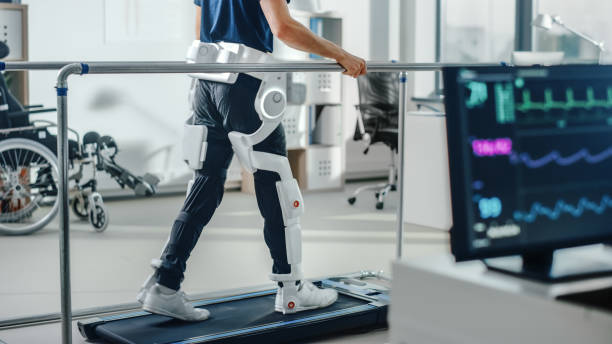Rejuvenating Health Through Grounding: A Comprehensive Look at the Science of Earthing
What if the secret to better health and well-being lies right beneath our feet? Grounding, also known as earthing, is a concept that has gained scientific interest in the past few decades. The practice, which involves making direct contact with the Earth's surface, has been associated with a wide array of health benefits.

What is Grounding?
Grounding is a therapeutic technique that involves doing activities that “ground” or electrically reconnect you to the earth. This practice relies on earthing science and grounding physics to provide an array of health benefits, including better sleep and reduced pain.
The Science Behind Grounding
The earth’s surface carries a negative charge, and when our bodies make direct contact with the ground, we absorb these negative ions. This process is believed to neutralize positive ions, often produced in our bodies due to environmental pollutants and electromagnetic fields, contributing to inflammation and disease.
Health Benefits of Grounding
Scientific research has explored various benefits of grounding, which include improved sleep, reduced inflammation, and better blood circulation. A study published in the Journal of Inflammation Research found that grounding could reduce or even prevent the cardinal signs of inflammation following injury: redness, heat, swelling, pain, and loss of function.
Challenges and Credibility of Grounding
Despite its potential benefits, grounding has faced its share of skepticism, primarily due to a lack of extensive scientific research. However, the existing studies lean towards grounding’s favor, suggesting it could be a useful tool in the wellness arsenal.
Practical Ways to Incorporate Grounding into Your Routine
- Walking barefoot: One of the easiest ways to ground yourself is by walking barefoot on grass, soil, or sand.
- Grounding during sleep: Grounding sheets and mats can be used to keep you grounded while you sleep.
- Grounding while working: A grounding mat can be placed under your desk, allowing you to remain grounded as you work.
In conclusion, grounding offers a unique and natural approach to health and wellness. Although more research is needed to fully understand its benefits and mechanisms, the existing evidence suggests that this simple practice could have far-reaching implications for our health. As we continue to explore the intricate connections between our bodies and the natural world, grounding or earthing may well become an essential part of our wellness routines.





